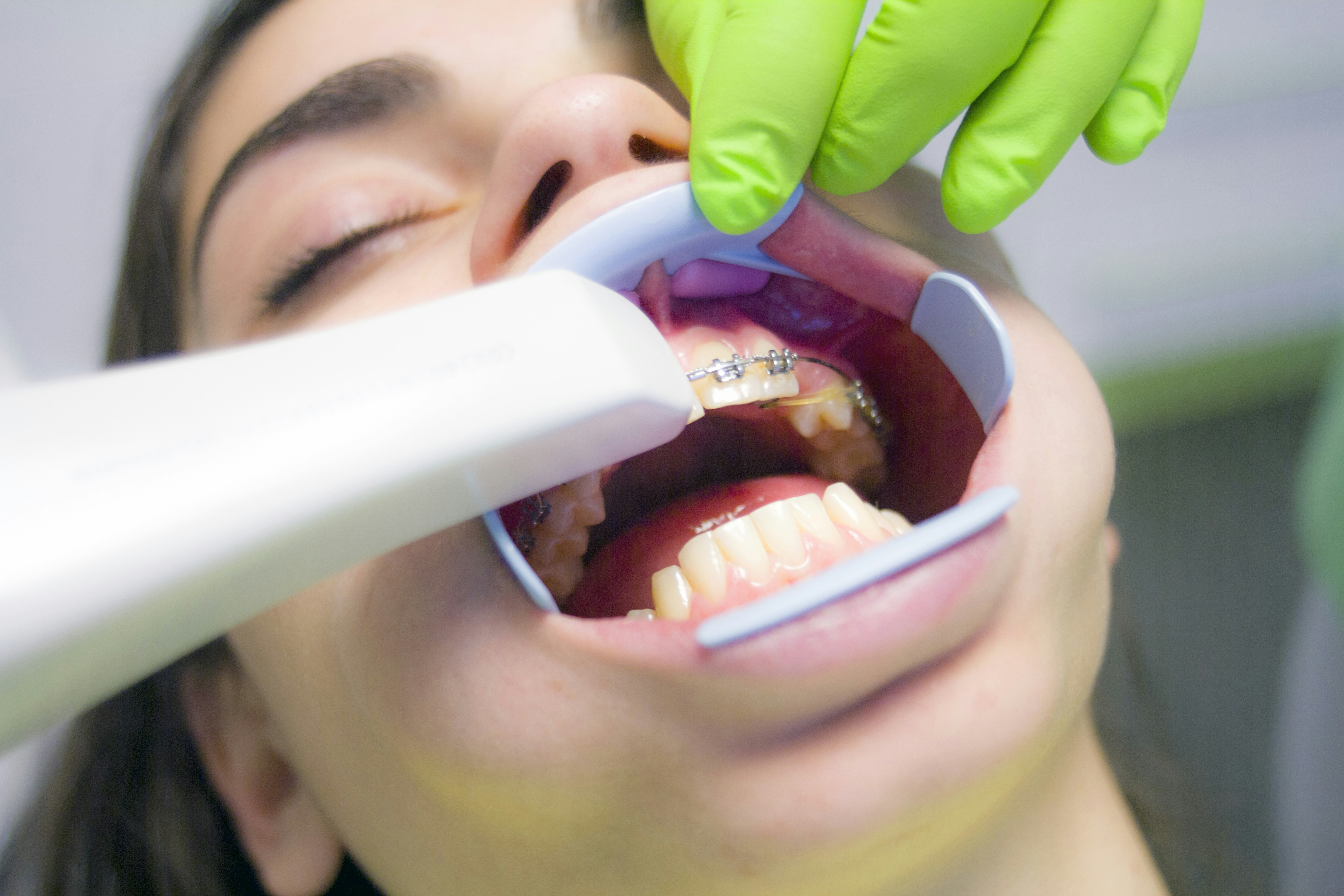Looking On The Bright Side of

When teeth develop a cavity in the space between them, it is referred to as an interdental cavity, or interproximal cavity. Unlike traditional cavities that occur on the chewing surfaces of teeth, interdental cavities can be trickier to detect and often go unnoticed until they reach an advanced stage. Knowing the signs of an interdental cavity can assist in seeking prompt dental treatment and preventing additional damage. This website has all you need to learn more about this topic.
A frequent indication of an interdental cavity is feeling sensitivity when consuming hot or cold items. The presence of an interdental cavity exposes the sensitive dentin beneath the enamel layer. As a result, you may experience a sharp, fleeting pain when you consume hot coffee or cold ice cream. This sensitivity is a clear indication that there is a problem with your teeth and should not be ignored.
Another sign to watch out for is prolonged sensitivity to sweets. If you feel persistent pain or discomfort following the consumption of sugary foods, it may be indicative of an interdental cavity. Cavities enable sugars to penetrate the affected area, causing prolonged sensitivity and discomfort. If the sensitivity persists even after you’ve finished eating sugary treats, it is recommended that you seek a thorough examination by your dentist.
Toothache and gum sensitivity can also be signs of an interdental cavity. As the cavity advances, it can impact the adjacent gums, leading to inflammation and tenderness. You may experience pain when biting down or applying pressure to the affected area, along with sensitivity when brushing or flossing around the affected teeth. If you observe these symptoms, it is essential to seek dental attention promptly to avoid further damage and potential complications.
The presence of stains between the teeth can also indicate the existence of an interdental cavity. As the cavity worsens, it can trap food particles and bacteria, causing discoloration in the spaces between the teeth. The emergence of brown or black stains in the crevices between your teeth should raise concerns. While regular dental cleanings and proper oral hygiene can help prevent staining, persistent discoloration should prompt a visit to the dentist. Just click here and check it out!
Presence of holes or pits in teeth is another visible sign of an interdental cavity. As a cavity emerges between teeth, it gradually eats away at the enamel, creating small holes or pits in the affected area. These holes or pits may be observable without any aid or may necessitate the use of dental instruments for a comprehensive evaluation. If you notice any irregularities or abnormalities in the texture of your teeth, it is important to schedule a dental appointment for further evaluation and appropriate treatment.
In conclusion, recognizing the signs of an interdental cavity is vital for maintaining optimal oral health. Signs such as sensitivity to hot and cold, prolonged sensitivity to sweets, toothache and gum sensitivity, staining between teeth, and the presence of holes or pits in teeth should not be overlooked. Through proactive action and timely dental care, you can avert further damage, potential complications, and preserve a radiant smile. It is crucial to schedule regular dental check-ups, adhere to good oral hygiene practices, and promptly address any worrisome symptoms to safeguard your oral well-being. By remaining vigilant and prioritizing your oral health, you can effectively prevent and manage interdental cavities, thus ensuring a lifetime of healthy teeth and gums. Here’s the link to learn more about the awesome product here.
Supporting reference: check that
This post topic: Health Care & Medical



